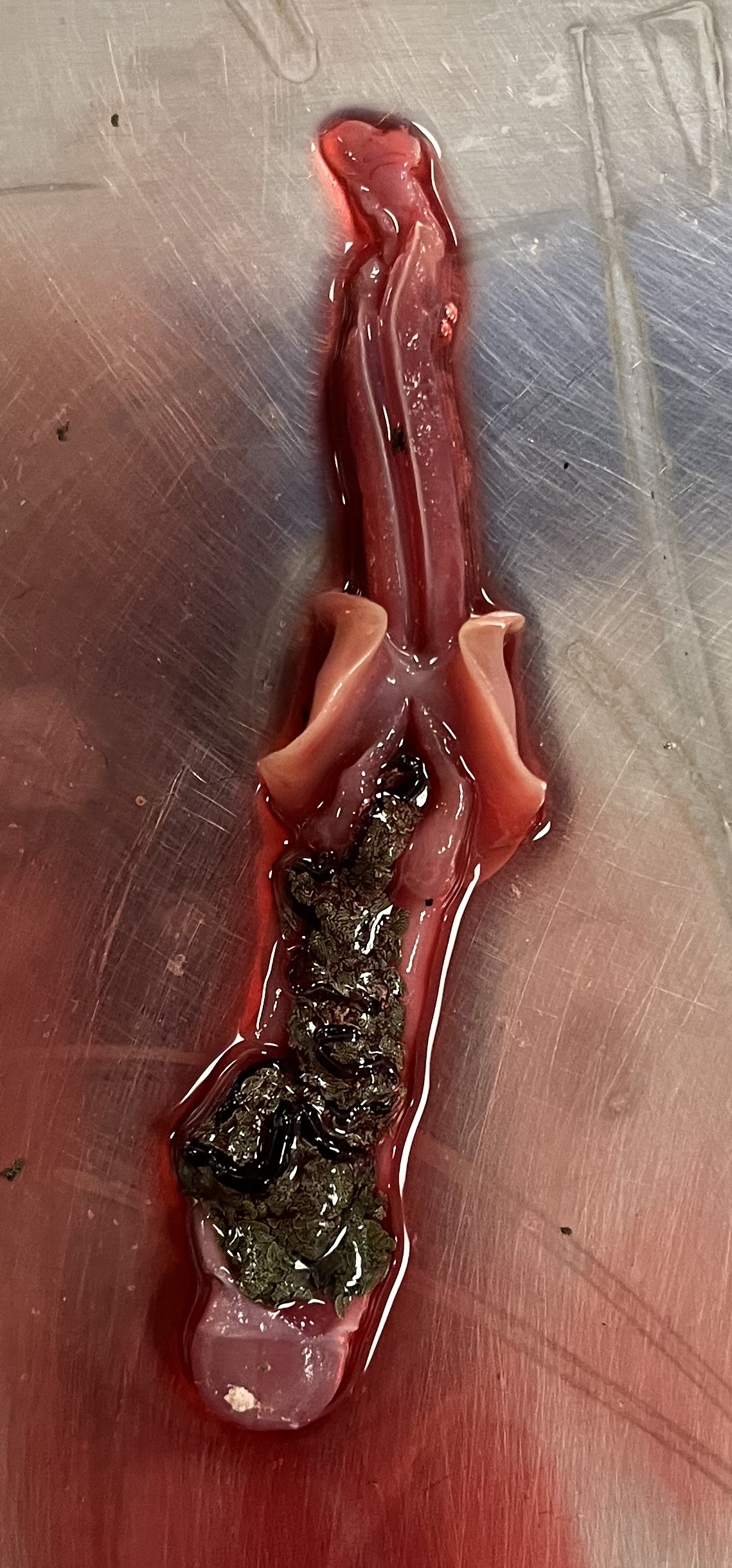The fascinating giant tubeworm Riftia-Endoriftia symbiosis
by Teresa Winter
This mutualistic association lives at hydrothermal vents in the deep sea such as the East Pacific Rise 9°N where we currently collect the worms from 2500m depth. In this symbiosis Riftia larvae and symbiont need to find each other. After infection a crazy inner transformation of Riftia's digestive systemt takes place. When adult, the worm lacks a gut a mouth and anus, instead it lives solely on food provided by its symbionts -Endoriftia-. Endoriftia are located in a special organ called trophosome. Inside the worm, Endoriftia is provided with shelter and all compounds necessary for energy production that the worm takes up from the seawater and volcanic vent fluids. Similarly, as photosynthesis in plants, Endoriftia uses oxygen and carbon dioxide but instead of sunlight it used poisonous hydrogen sulfide to autotrophically fix carbon- a process that is called chemoautotrophy. Endoriftia uses these resulting molecules as energy source for itself and returns a part of it back to the worm. When the worm dies though, active nutrient supply from the host to the symbiont is shut down and they need to escape to survive on the long run.

Dissected Riftia, showing the trophosome. Attribution: Teresa Winter (CC-BY-NC-SA 4.0)
